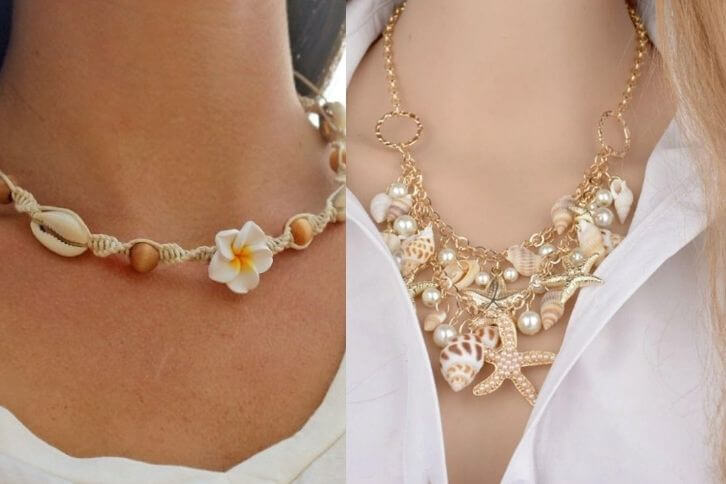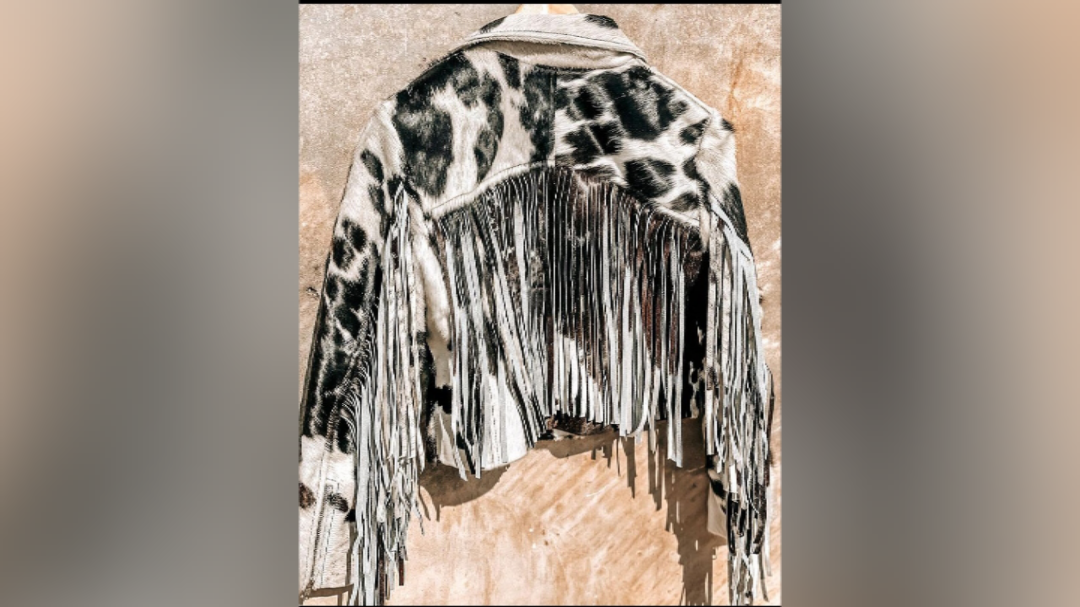Pearl Couscous
In countries of the Eastern Mediterranean area and North Africa, such as Lebanon, Jordan, Palestine, Morocco, Tunisia or Egypt, it is possible to find traditions and customs with many similarities. This area is highly influenced by Arab culture, which homogenizes its customs, traditions, and cooking style.
Couscous is a food that consists of durum wheat semolina grains of the average size of one millimeter in diameter (after cooking). If we talk about couscous as a complete dish, it would be a traditional dish whose ingredients are vegetables, chickpeas, red meat, or chicken, or just with milk and wheat semolina grains.
Couscous as an ingredient has a good imitator: Israeli couscous.
In this post, we will briefly review Israeli couscous, explaining its origins and differences from traditional couscous. Thanks to the recipe, you will learn how to make delicious couscous with mushrooms, leaving you asking for more. Let’s get to know one of the most famous foods in the Middle East!
One of the Best Foods is Obtained From Wheat
Israeli couscous, also called pearl couscous, is a small-sized, whole grain-like food made from bulgur wheat flour and pearl spherical in shape.
In addition to a small size, Israeli couscous has a slightly chewy texture, similar to barley, and, because it is toasted, has a slightly savory flavor. However, just like regular couscous and other whole grains, Israeli couscous is fairly mild without strong flavor and should be prepared with seasonings, spices, sauces or fresh herbs.
Because Israeli couscous is made from wheat flour, it is not a gluten-free food, although it is considered vegetarian and vegan; its glycemic index is low, making it a healthy, fiber-rich food.
Origin of Israeli Couscous
Israeli couscous is a relatively recent ingredient in Israeli cuisine. It is a commercial version brought by the North African Berkukes and the Jewish immigrants who, during the 1950s, came from these areas and eventually arrived in Israel, bringing their culinary customs with them.
Another theory states that after the War of Independence, Israel had a shortage of staple foods such as rice, so David Ben-Gurion, the first Prime Minister of Israel, approached the Osem food company to make an economical substitute for rice, mass-produced from wheat, giving birth to Israeli couscous or ptitim as it is known.
What is the Difference Between Traditional Couscous and Israeli Couscous?
As described in the previous section, Israeli couscous is made from bulgur wheat flour. It is wheat flour pre-cooked in cauldrons with water that are dried in the sun, crushed to remove the bran, sieved to obtain the grains, dried again in the sun, and passed through a mill to obtain the flour. On the other hand, traditional couscous is made from wheat semolina: coarse, lightly ground wheat flour.
As for its size, while Israeli couscous is pearl-shaped with a diameter of 6mm, traditional couscous tends to be pearly but smaller (about 1 mm in diameter).
Also, while traditional couscous is cooked in a Maghreb couscous cooker, a traditional pot where couscous is usually steamed with water or broth, achieving a loose grain, ideal for absorbing sauces and flavors of the stews, Israeli couscous tends to be cooked in pots with water just like pasta.
In addition, Bulgur has a greater presence in the Middle East, while couscous is gaining prominence in North Africa. Finally, although many think of couscous as a type of cereal like rice, it is a type of pasta.

Nutritional Value of Israeli Couscous
Pearl couscous used to be a high source of carbohydrates and proteins. 1/3 cup (55 g) of Israeli couscous contains 200 kcal, 1 g of fat, 43 g of carbohydrates, 2 g of fiber, 1g of sugar, and 6g of proteins.
A recipe that will take your taste buds to the Holy Land
Here is a recipe for a delicious couscous with mushrooms that you can make at home or impress your friends. Next, we’ll introduce all the ingredients you need and their preparation mode. Bon appétit!
Ingredients
- 3 tbsp. of olive oil.
- 2 cups of Israeli couscous.
- 4 cups or low-sodium vegetable broth.
- 2 minced large cloves of garlic.
- 1 pound of halved cremini
- 3 tbsp. of white wine.
- 1 tsp. of dried thyme.
- 1/4 cup of finely chopped fresh parsley.
- 1/2 tsp. of sea salt, more to taste.
- Freshly ground black pepper.
Preparation Mode
- In a medium saucepan over medium-high heat, heat 2 tablespoons of olive oil. Add the couscous and cook, stirring occasionally, for about 3 to 4 minutes or until fragrant and lightly toasted.
- Add the vegetable stock, bring the mixture to a boil, then reduce the heat and simmer for 10 to 12 minutes or until the liquid is absorbed and the couscous is tender. Set aside.
- While the couscous is simmering, heat the remaining tablespoon of olive oil in a saucepan over medium-high heat. Add the garlic, mushrooms, and white wine and cook for about 5 minutes. Keep stirring while they’re cooking.
- Add the dried thyme, fresh parsley, and salt, stirring to combine. Cook for about 3 to 4 minutes more or until most of the moisture in the mushrooms has evaporated.
- Add the cooked Israeli couscous to the mushroom mixture, stirring well to combine. Add salt and pepper to taste.
Tips and Recommendations
- If you are not a vegetarian and allow yourself to eat animal by-products, you can use chicken broth instead of vegetable broth. Water also works, but the couscous will have less flavor.
- If you don’t have white wine, replace it with broth or water.
- Add some chopped onion and cook it with the mushrooms and garlic to add a savory touch.
- If desired, change the herbs for a slightly different flavor; for example, fresh rosemary works well with dried thyme instead of parsley. You can also add oregano, basil or any herb of your choice.






















About Me
Fashion & Beauty Enthusiast
Hi, I'm Fanti. I'm a fashion, beauty, and lifestyle enthusiast, and the ultimate curves queen. Here, I share beauty, fashion, and lifestyle tips to teach, inspire, and give confidence to all women.